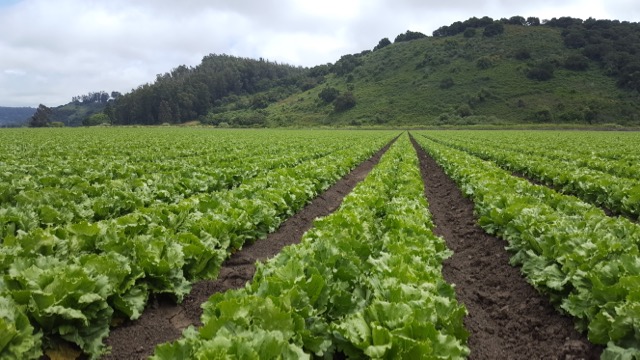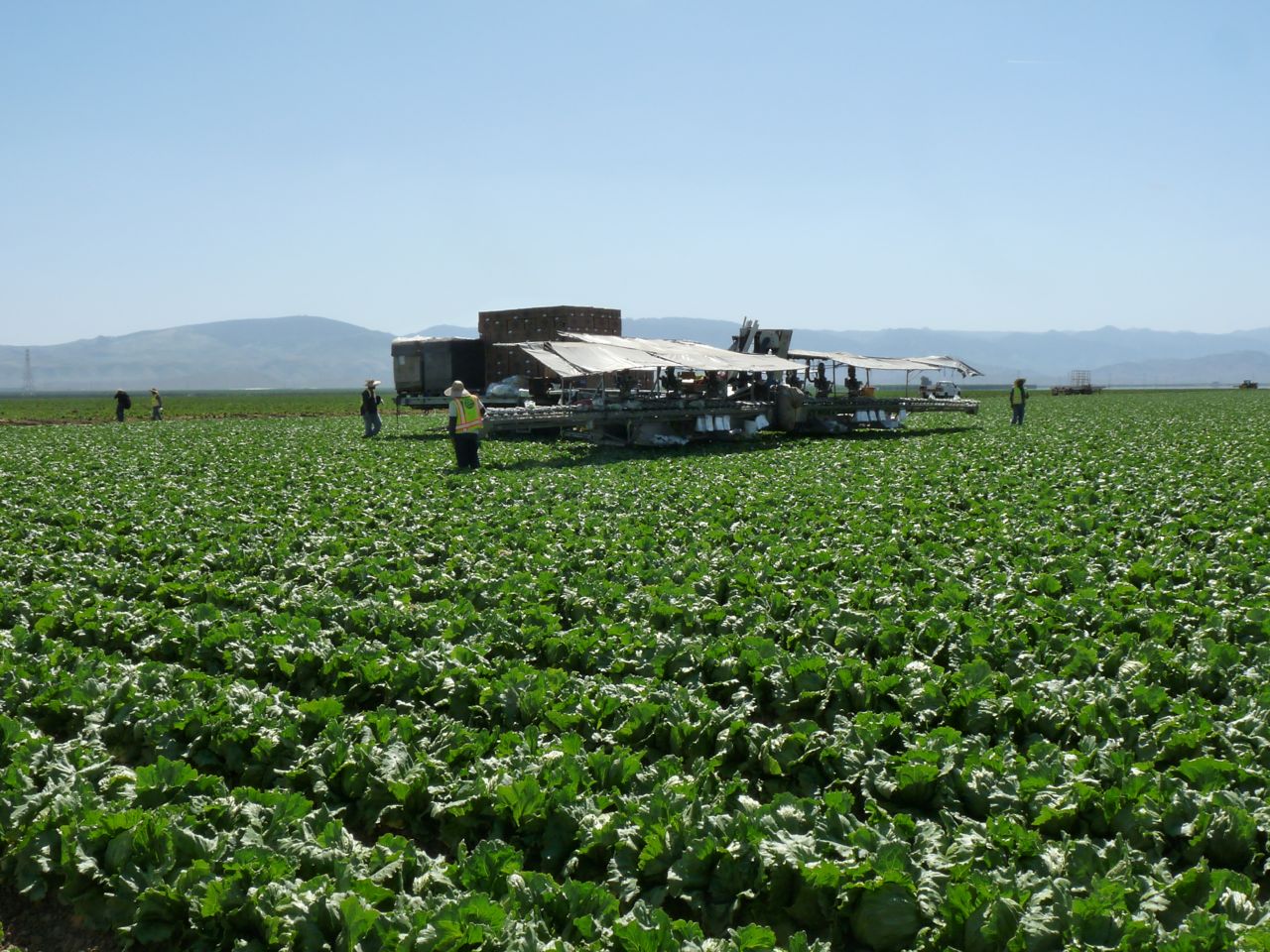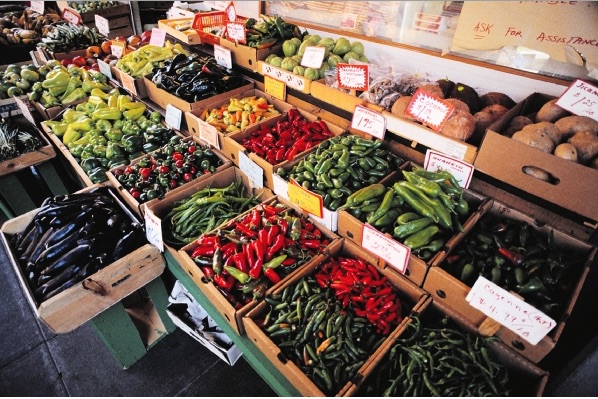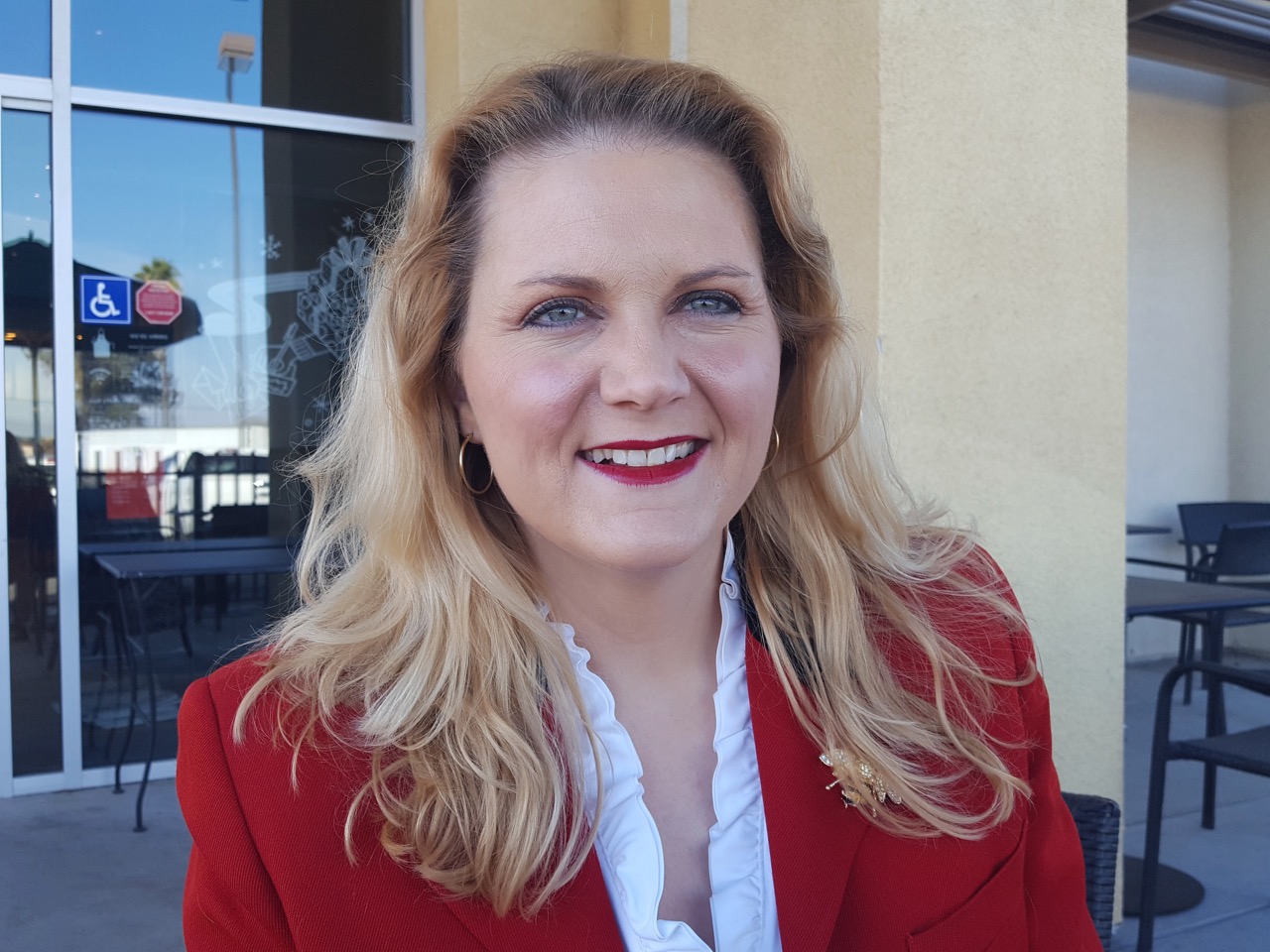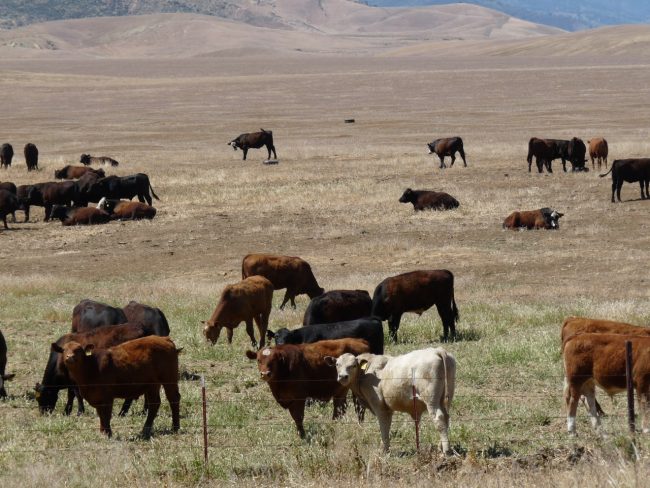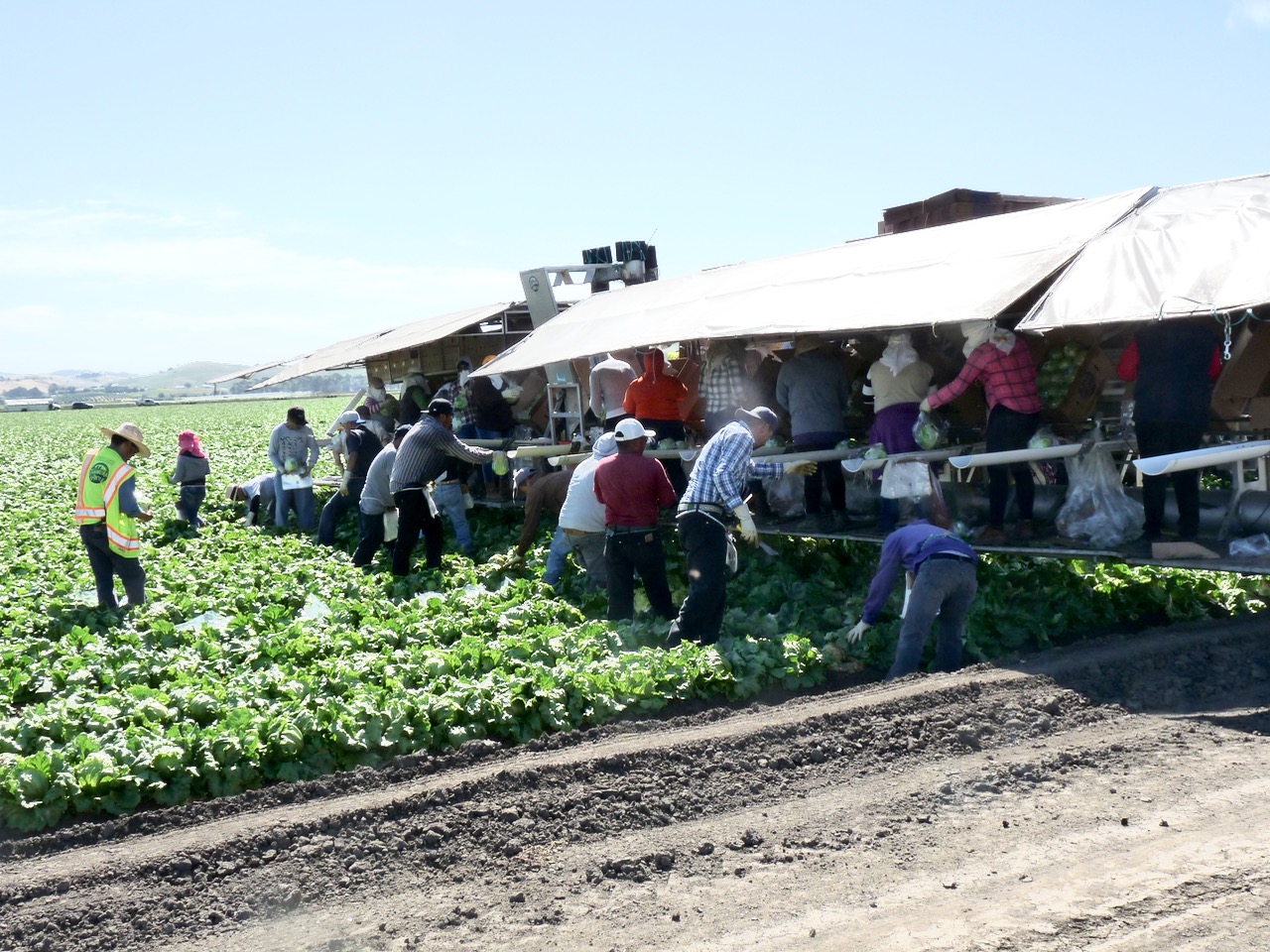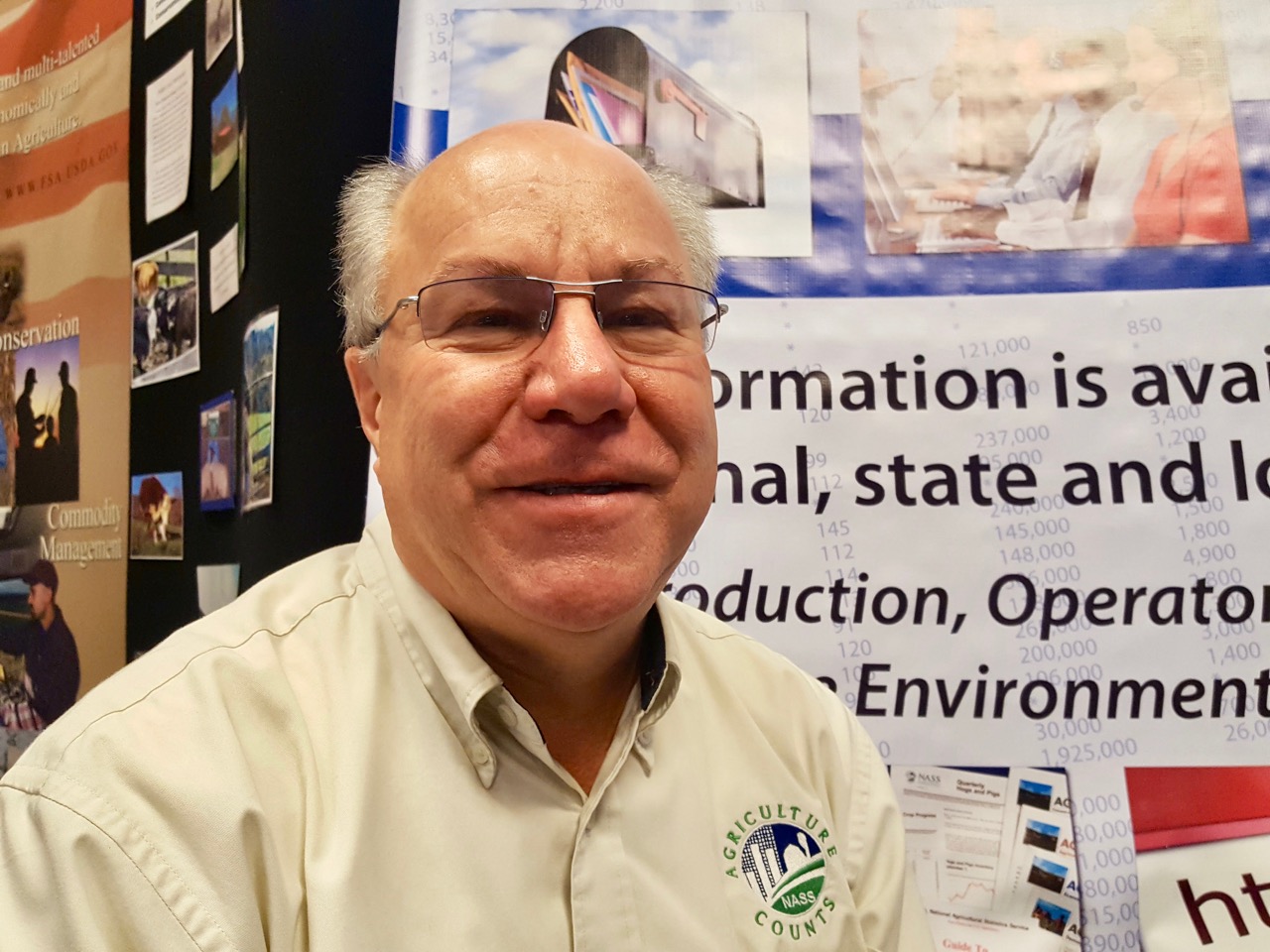American Society of Agronomy Meets
Plant Soil Conference Discusses Nitrogen Management
By Patrick Cavanaugh Farm News Director
Dan Munk is a UC California Cooperative Extension Fresno County Farm Advisor who specializes in irrigation, crop nutritional management and cotton production systems. He recently spoke about the California chapter of the American Society of Agronomy holding its annual plant and soil conference recently in Fresno. Attendance was great, and agronomic issues regarding water, irrigation and nutritional management were covered.
“[The] California chapter of the American Society of Agronomy convenes a annual meeting known as the plant and soil conference, which was held recently in Fresno for a day and a half. We had the CDFA Secretary Karen Ross address the group as well as some nutrient management experts from across the state and outside of the state,” Munk said. “And we discussed agronomic issues related to water irrigation, nutrient management in agriculture. And there was a pest management session as well.”
There were more than 220 top state agronomists, with many Certified Crop Advisors as well as some growers and industry affiliates attending that meeting.
Nutritional management plans for efficiency, especially for nitrogen, are being closely looked at and discussed.
“I think the nutrient management plans that we’re doing is something that we need to continue to get better information. We have an understanding now of where some of the limitations are now for efficiencies,” Munk explained. “I mean, we can’t always be 100 percent efficient in these things and when we are, that’s when you get into the situation where you have some yield losses. So there’s, there’s always going to be some nitrate movement out of the root system in agricultural systems. That’s just the nature of the beast.”

